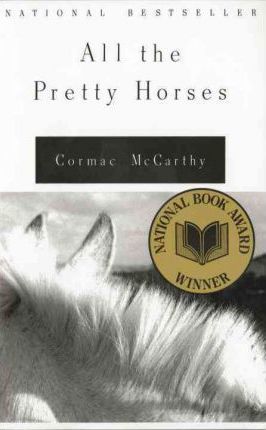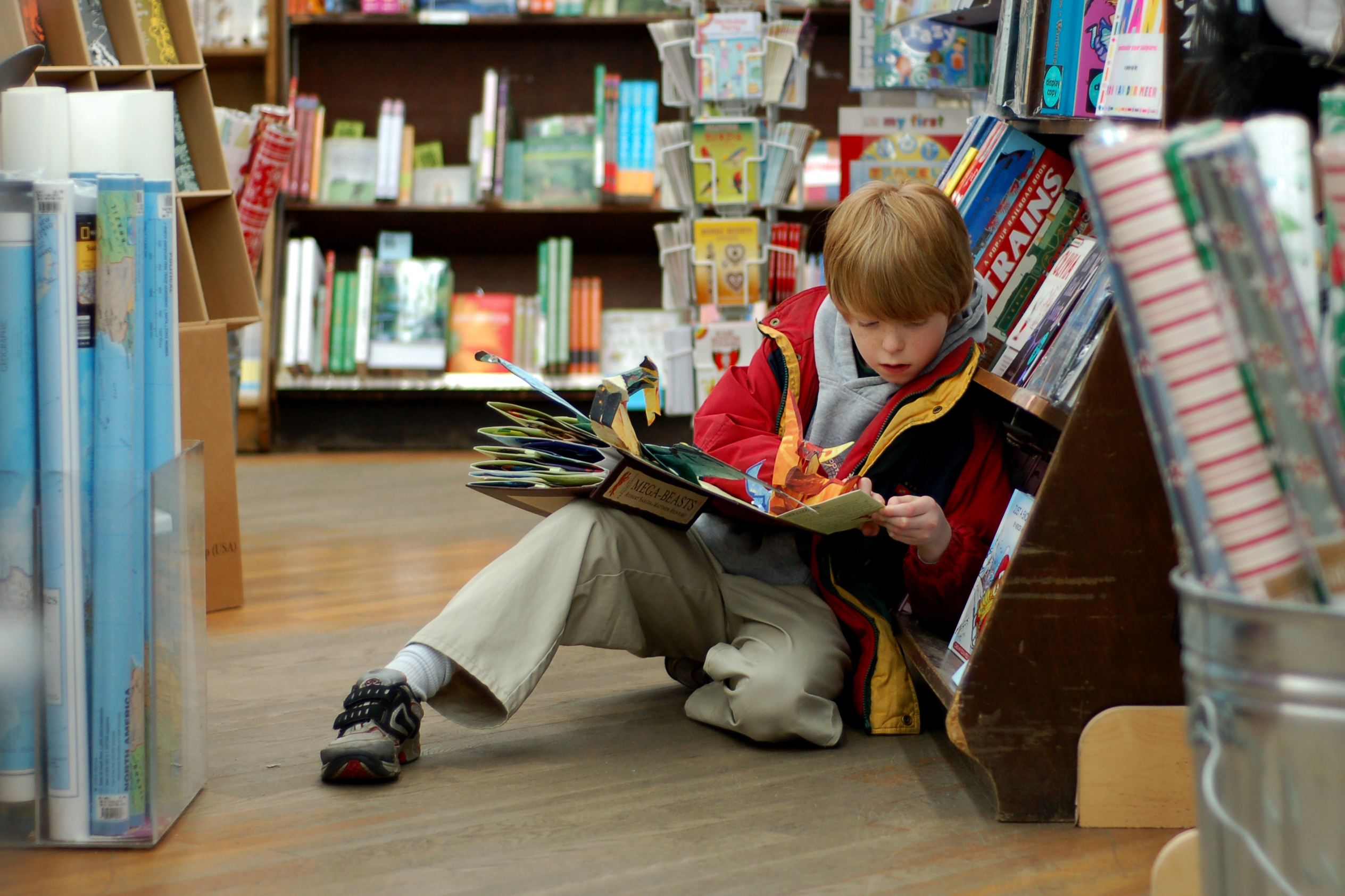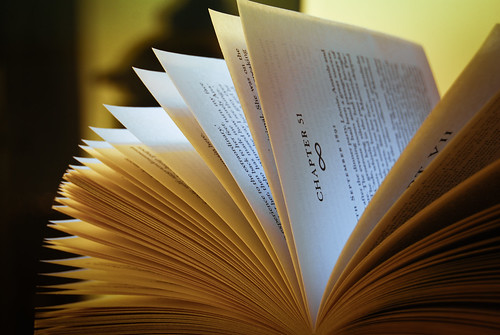…and that’s just the start.
As our local newspapers’ capacity to cover local news has been greatly reduced, I’ve decided to offer some minimal coverage of our local school board. The plan is simply to offer up things that could go unnoticed for folks who don’t tune in to things like local school board meetings. I’ll likely add context and some commentary where I think it might be helpful.
Education news site The74 reported on the Missouri NAACP filing a federal civil rights complaint based on the disparities between Black and white students’ literacy scores across the state.
In my last post, I pointed to District 186’s 23% ELA proficiency rate in 2023. The story out of Missouri got me wondering a couple things: 1) How does 2023’s proficiency rate compare to years’ past? 2) How have the District’s Black students historically compared to their white peers in ELA proficiency?
Getting that data required a little digging on the District’s State Report Card. First, a historical look at District ELA elementary and middle school proficiency as measured by standardized assessments since 2012.
| ELA | ||
| YEAR | % PROFICIENT | ASSESSMENT |
| 2012 | 67 | ISAT |
| 2013 | 48 | ISAT |
| 2014 | 46 | ISAT |
| 2015 | 29 | PARCC |
| 2016 | 29 | PARCC |
| 2017 | 29 | PARCC |
| 2018 | 27 | PARCC |
| 2019 | 26.9 | IAR |
| 2020 | N/A | N/A |
| 2021 | 21 | IAR |
| 2022 | 21 | IAR |
| 2023 | 23 | IAR |
Next up, disaggregation of those data to show proficiency rates for Black and white students on those same assessments.
| ELA | |||
| YEAR | % PROFICIENT | ASSESSMENT | |
| B | W | ||
| 2012 | 52 | 78 | ISAT |
| 2013 | 30 | 61 | ISAT |
| 2014 | 27 | 58 | ISAT |
| 2015 | 13.5 | 39.9 | PARCC |
| 2016 | 14.1 | 40.2 | PARCC |
| 2017 | 14.6 | 40.3 | PARCC |
| 2018 | 13.5 | 37.5 | PARCC |
| 2019 | 13.6 | 38.3 | IAR |
| 2020 | N/A | N/A | N/A |
| 2021 | 7.8 | 30.6 | IAR |
| 2022 | 9.1 | 33.1 | IAR |
| 2023 | 10 | 35.5 | IAR |
For 2023 Black students represented 44% of the District’s student body while white students made up 36.9%. Those numbers are not tremendously different since 2018 – 40%, 43/6% respectively – the earliest year such data are available on the state report card.
In addition to the obvious racial disparities above, is the fact total proficiency rates were already in decline before the pandemic, which is often blamed for poor student performance.
Still, 9 out of 10 Black elementary and middle school students in the District were unable to show proficiency in reading in 2023, and they were 25.5 percent behind their white peers.
For comparison, the Missouri NAACP complaint was based on 14% of Missouri’s Black third graders showing ELA proficiency compared to 61% of their white peers.
In District 186, 9.5% of Black third graders showed proficiency last year compared to 26.9% of their white peers.
At the Nov. 6, 2023 meeting of the School Board, none of these numbers was discussed and no questions were asked about ELA proficiency. The District’s presentation of the data focused on growth percentiles, and did not give an overview of proficiency data by sub-groups. Board members did not ask for that data.
Nine out of ten…no one asked questions.





 I struggle mightily every day not to scream, “Stop making everyone read the same damned book!”
I struggle mightily every day not to scream, “Stop making everyone read the same damned book!” “Do me a favor,” I say, “and close your eyes. I’m going to ask you to visualize something. If I told you you’re visiting a school with a healthy culture of reading and writing, I want to you visit it in your imagination. Start with the lobby or entryway. Notice everything you see and hear as you walk through.”
“Do me a favor,” I say, “and close your eyes. I’m going to ask you to visualize something. If I told you you’re visiting a school with a healthy culture of reading and writing, I want to you visit it in your imagination. Start with the lobby or entryway. Notice everything you see and hear as you walk through.”
